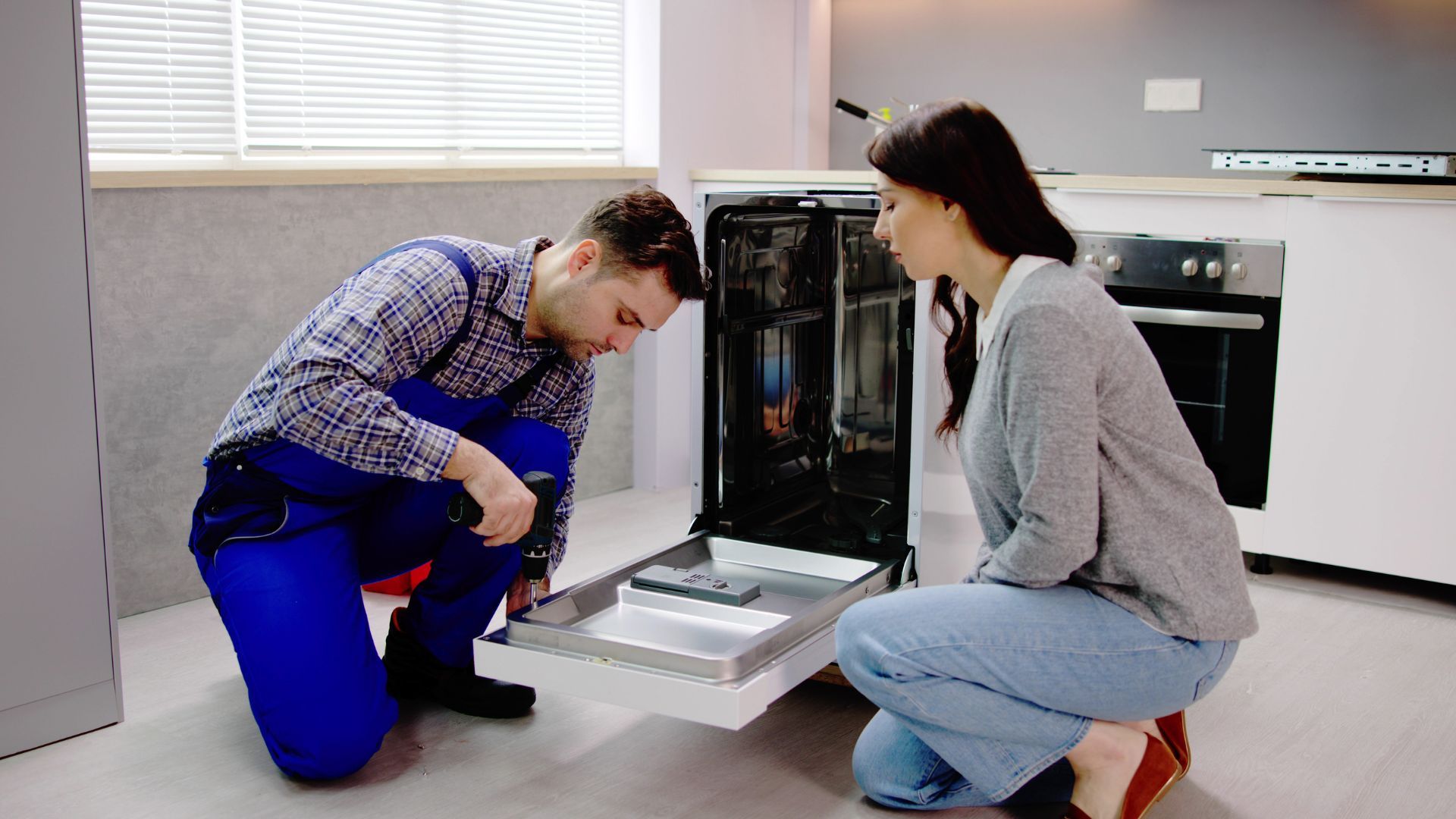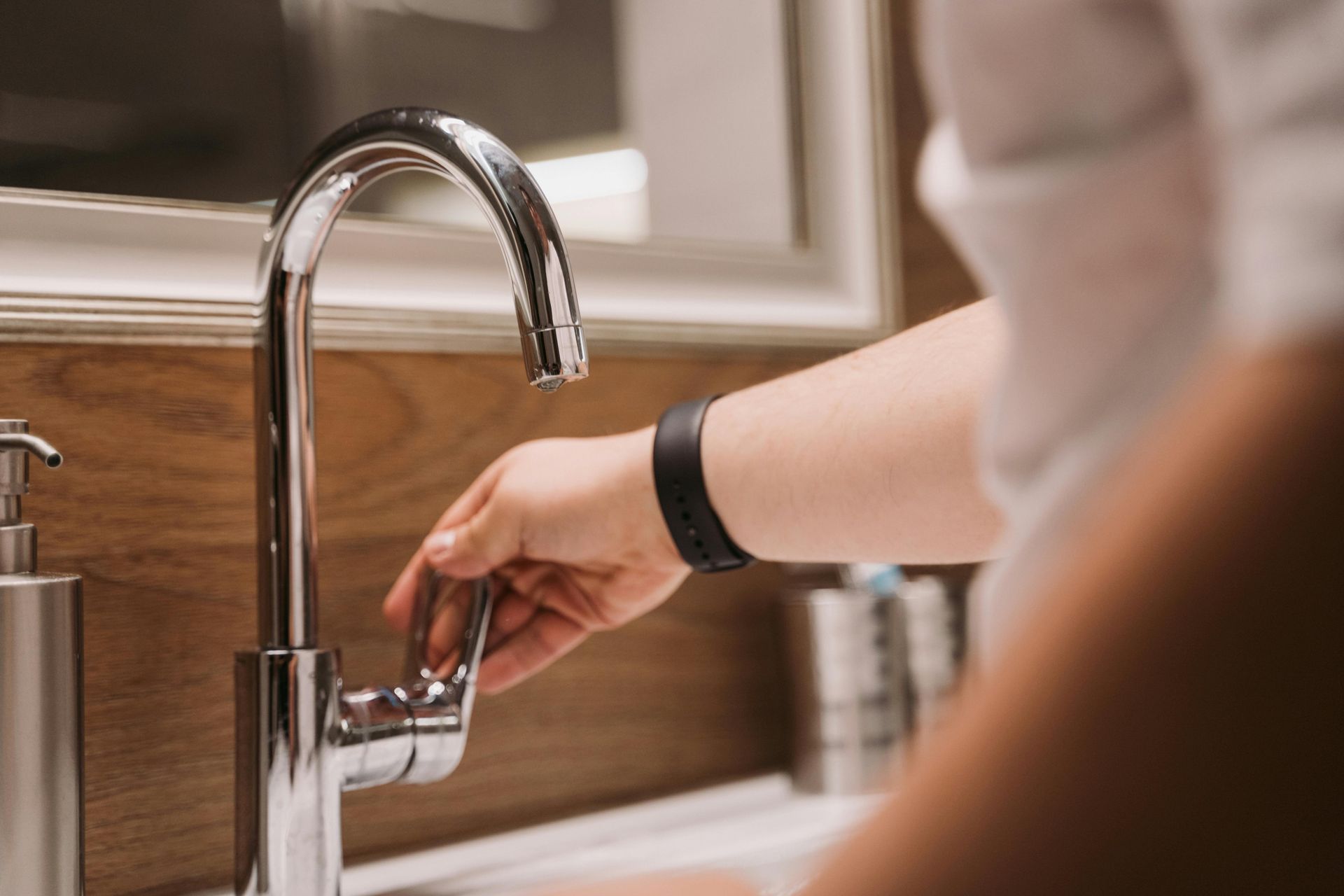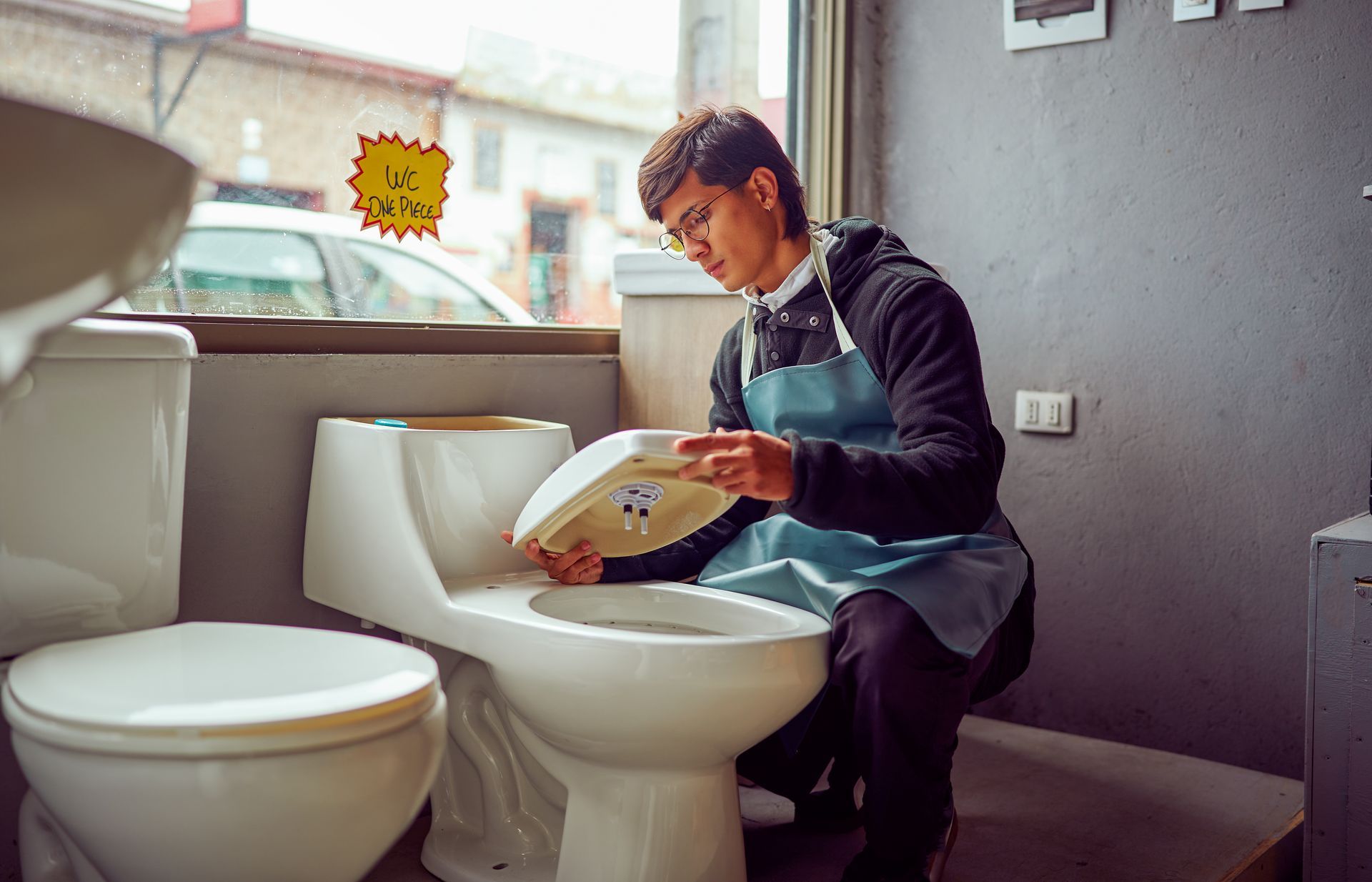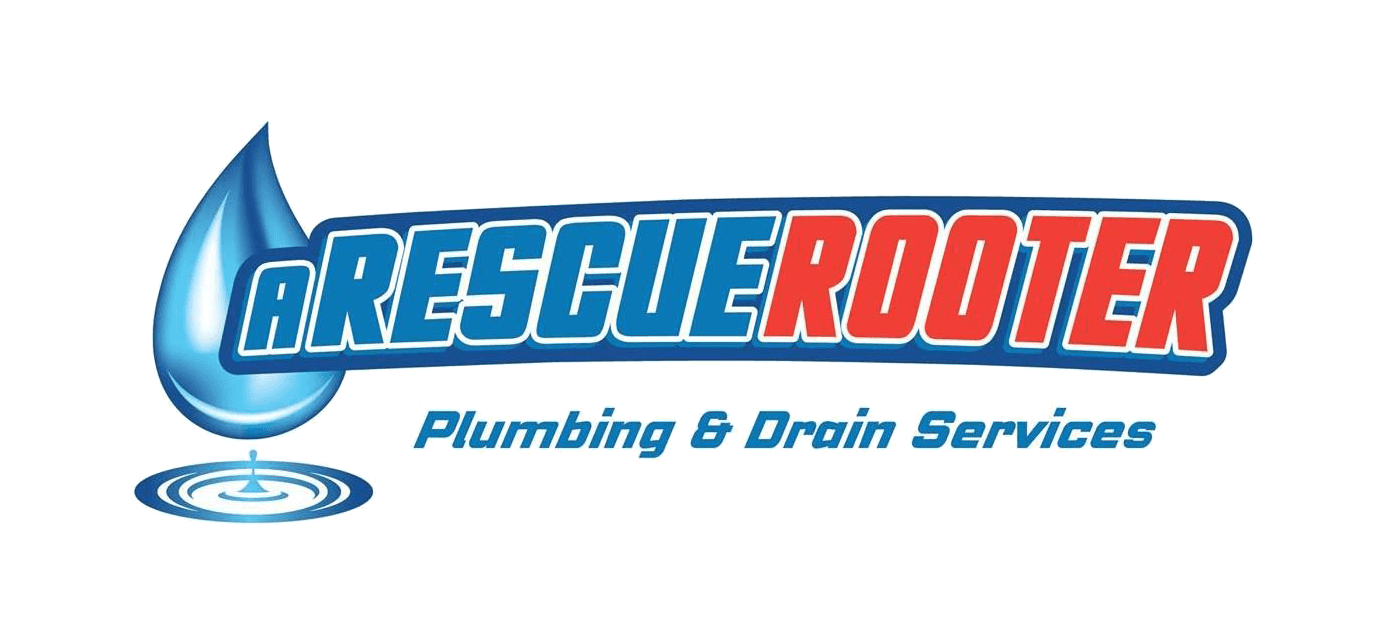Essential Plumbing Upgrades for Your Home
Enhancing the plumbing system in your home can significantly improve its efficiency, safety, and value. Whether you're dealing with an outdated system or just looking to make some modern upgrades, here are some essential plumbing improvements to consider.
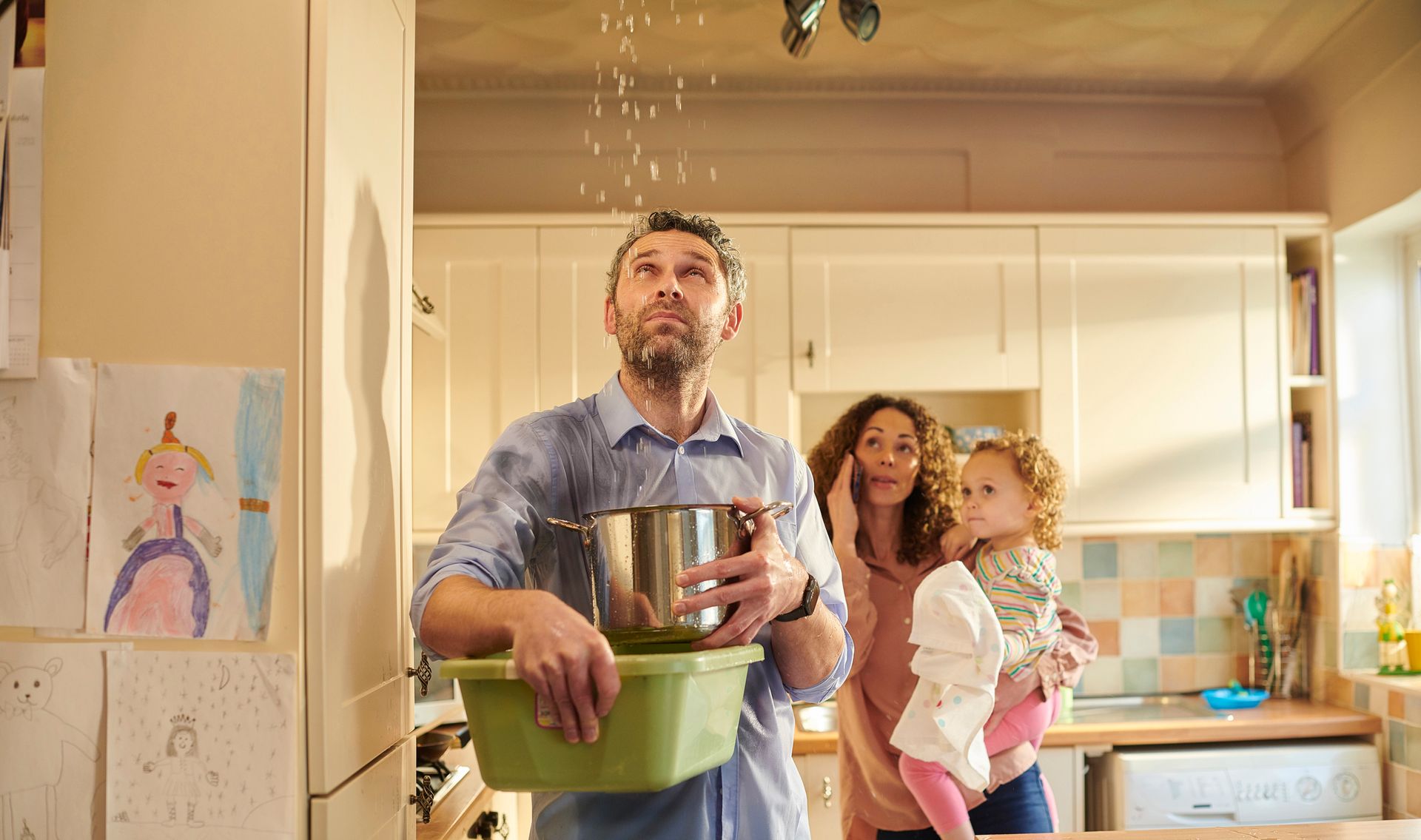
1. Upgrade to Low-Flow Fixtures
Switching to low-flow faucets, showerheads, and toilets can drastically reduce your water consumption. These fixtures are designed to use less water without compromising performance, helping you save on utility bills and conserve water.
2. Install a Tankless Water Heater
Traditional water heaters store and heat a large volume of water continuously, consuming energy even when not in use. Tankless water heaters, on the other hand, heat water on demand. This not only saves energy but also ensures you have a continuous supply of hot water.
3. Replace Old Pipes
Older homes often have galvanized pipes, which can corrode and cause water quality issues. Replacing them with modern materials like PEX or copper can improve water flow and reduce the risk of leaks.
4. Smart Leak Detectors
Installing smart leak detectors can provide early warnings of potential water damage. These devices can alert you via your smartphone if they detect moisture, helping you prevent costly repairs from leaks.
5. Water Softener Installation
If you live in an area with hard water, a water softener can be a valuable addition. Hard water contains high levels of minerals like calcium and magnesium, which can build up in pipes and appliances, reducing their efficiency and lifespan. A water softener removes these minerals, extending the life of your plumbing system.
6. Sump Pump Upgrade
If your basement is prone to flooding, upgrading to a more powerful sump pump can provide better protection. Modern sump pumps come with features like battery backups and alarms, giving you peace of mind during heavy rains.
7. Greywater Recycling System
A greywater recycling system collects water from sinks, showers, and washing machines, treating it for reuse in irrigation and flushing toilets. This eco-friendly upgrade can help you save water and reduce your environmental footprint.
8. Advanced Water Filtration
Installing a whole-house water filtration system can ensure that all the water in your home is clean and safe to drink. These systems remove contaminants and impurities, providing better-tasting water and protecting your health.
Upgrading your home's plumbing can offer numerous benefits, from improved efficiency and cost savings to enhanced safety and environmental sustainability. Considering these essential upgrades can help you make informed decisions and enjoy a better quality of life at home. The professional team of plumbers at A Rescue Rooter can upgrade your home’s plumbing and they can be at your side for a plumbing emergency. 24/7!
Ready to take the next step? Contact A Rescue Rooter today to discuss your options and start planning your plumbing upgrades. Rescue Rooter in Southern Ontario has a solution for every problem! Call 905-521-8284!
